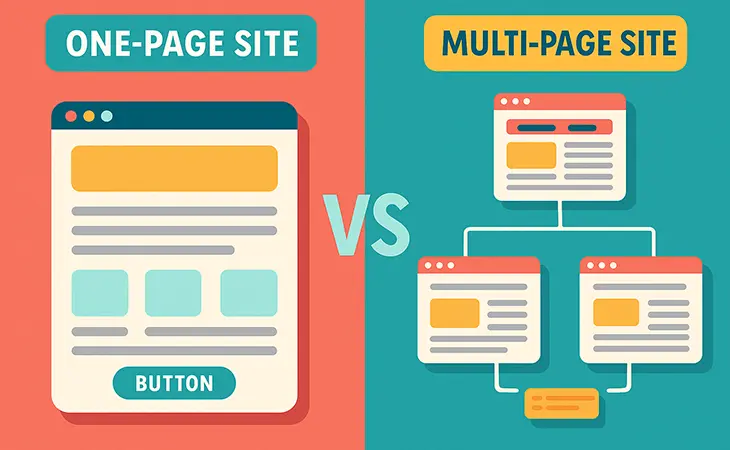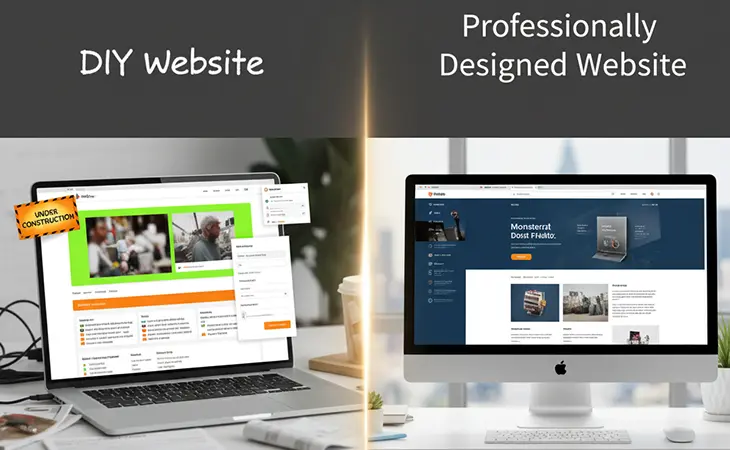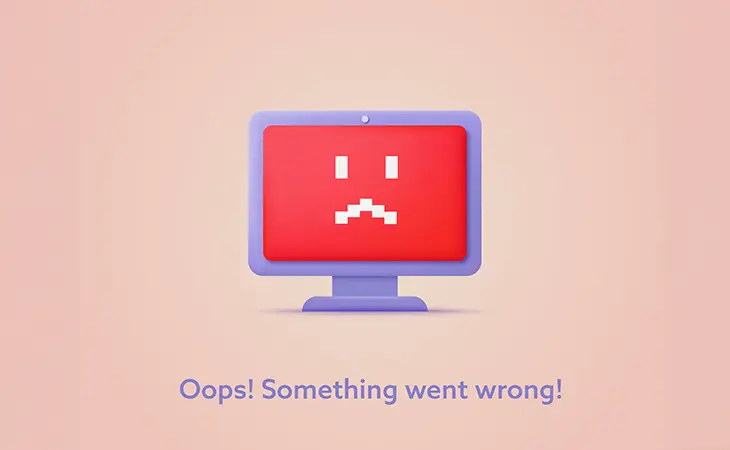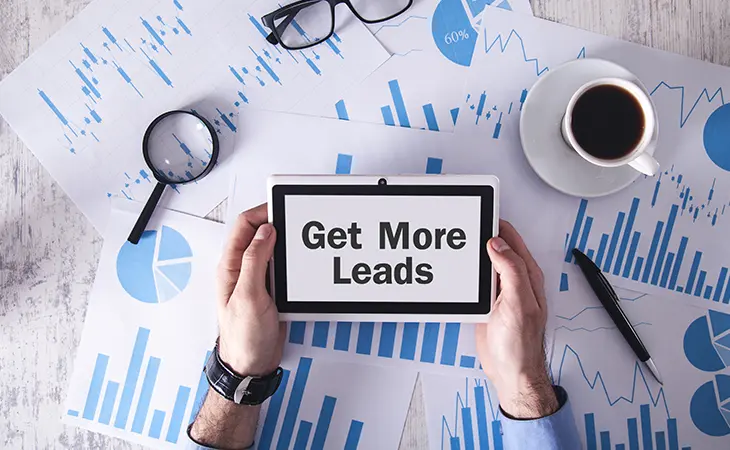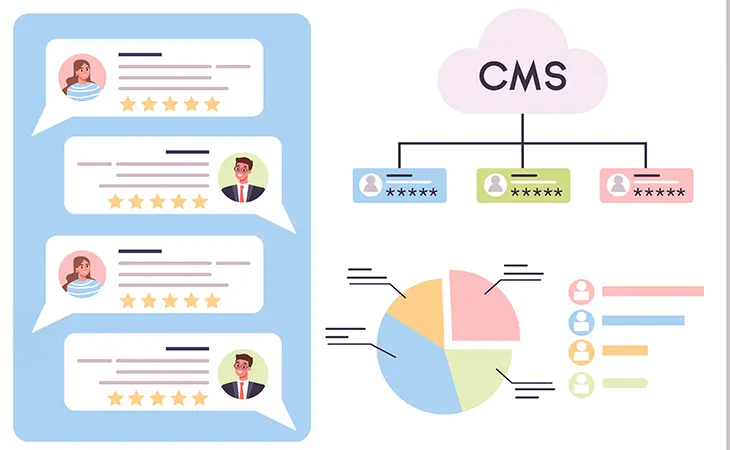Your Website Might Look Simple… But It’s Silently Costing You Money
If you’ve been tempted by those “simple one-page sites” everyone pushes, I get it. They look clean, they’re cheap, they’re quick – but the one-page website disadvantage is real, and it’s a lot bigger than most business owners expect. We usually try to talk clients out of creating a one-page website.
Let’s break down why that “cute little site” might be the reason your phone isn’t ringing, your traffic is flat, and your SEO is basically taking a nap.
Phase 1 – What Is the One-Page Website Disadvantage?
A lot of small business owners think a single page is enough because they “don’t have much to say.”
But here’s the thing: Google doesn’t care how simple you want your site to be – Google cares about structure, content, and depth.
And that’s exactly where the one-page website disadvantage kicks in. These sites lack:
- Keyword depth
- Page hierarchy
- Internal links
- Dedicated service pages
- SEO relevance
- Lead capture space
It looks minimal… but it performs minimal too.
Phase 2 – SEO Problems You Can’t Ignore
Let’s hit you with the truth:
Google ranks pages, not just websites.
When you only have one page, you get one shot at ranking. That’s the biggest one-page website disadvantage you’ll face.
Here’s why they don’t rank well:
You can’t target more than one main keyword.
Want to rank for “roof repair,” “roof replacement,” and “insurance claims help”?
Not on a one-page site.No room for long-form content.
Google wants detail and authority – not 3 paragraphs and a button.No internal linking structure.
One-page sites can’t build SEO “silos,” so your authority stays weak.Low word count.
Most one-pagers barely hit 300-500 words.
Google wants 1,000-1,800+ for competitive searches.
The one-page website disadvantage is basically: you look pretty, but you don’t get found.
Phase 3 – Your Leads Suffer (Quietly)
Even if someone lands on your single-page site, they’re not staying long.
Here’s why:
You don’t have enough space to explain each service.
There’s no clear path for different customer types.
No room for trust signals like case studies or testimonials.
One CTA (usually at the bottom) = low conversions.
Real talk: not every visitor is ready to “Call Now.”
Some want to learn more. Compare. Browse. Build trust.
A core one-page website disadvantage is that it treats all visitors the same – and that kills conversions.
Phase 4 – Limited Growth Potential
Let’s say you start growing (congrats!).
Now you want to add:
- A blog
- A portfolio
- Multiple service pages
- Landing pages for ads
- City-specific SEO pages
- Lead magnets or resources
You know what happens?
You outgrow your entire site overnight.
A big one-page website disadvantage is that you can’t scale. You’ll have to rebuild from scratch, which costs more in the long run.
Phase 5 – Paid Ads Don’t Work Well on One-Page Sites
Running Google Ads or Facebook Ads?
Let me be blunt – one-page sites tank your ROI.
Why?
Your ad needs a dedicated landing page to match the search intent.
You need separate pages for each service to increase Quality Score.
Your one page tries to talk to everyone at once – bad for conversions.
The one-page website disadvantage becomes brutal with ads:
Lower relevance → higher CPC → fewer leads → wasted money.
Phase 6 – User Experience Suffers
Scrolling… scrolling… scrolling…
And then hitting a huge wall of mixed info in one long column?
Yeah, visitors bounce fast.
The one-page website disadvantage shows up in UX:
Harder to navigate
No clear sections
Too much content packed together
Users can’t skim to what they need
People don’t read long scrolling pages – they skim.
Without multiple pages, you kill skimability.
Final Thoughts
Bottom line, one-page sites aren’t “bad.” They’re just limited. And that limitation becomes expensive, fast.
If you want visibility, scalability, SEO power, and real lead generation, the one-page website disadvantage will hold you back every single time.
A multi-page site gives you:
- Dedicated service pages
- Stronger SEO
- Better user experience
- Higher conversions
- Space to grow
- Better ad performance
If you’re serious about growth in 2025, one page isn’t enough anymore.
It’s time to invest in a site that actually works – not just one that exists.
Further Reading
Explore more insights related to the one-page website disadvantage and how to improve small business website performance:
- Search Engine Journal – One-Page vs Multi-Page Websites: SEO Considerations
- HubSpot – Pros and Cons of Single-Page Website Design
- Rocket Web Designer – Why Your Cheap Website Design Is Costing You
Ready to Fix Your Website for Good?
Let's Grow Your Business Online
From websites to automation, we’ve helped 100+ business owners grow online
